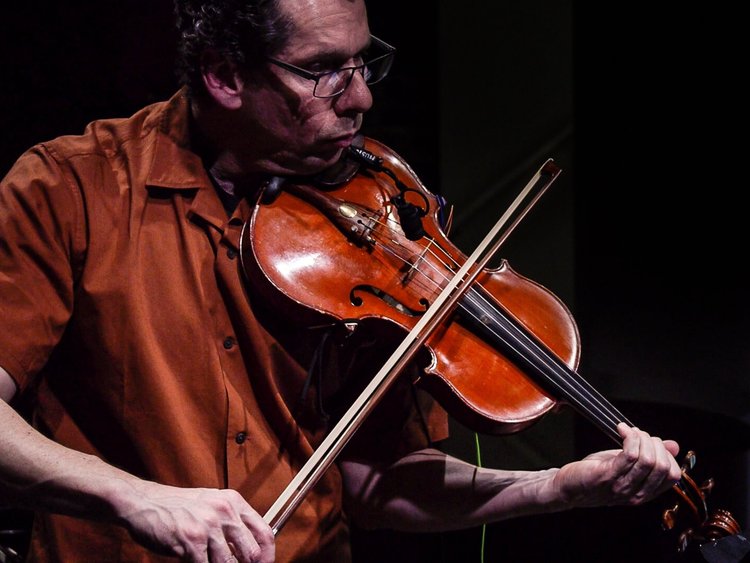post-Igor for clarinet, bassoon, horn, piano, violin, viola, cello
(2015)
Stravinsky's Septet is one weird piece, marking the beginning of the composer's move into the world of serialism, albeit one of his own making. The most impressive musical takeaway of this work is its transitional nature, beginning with a movement that implements a "tonal" serialism, and ending with a movement that uses a non-tonal serialism similar to the method used by Webern. In effect, the piece charts out Stravinsky's movement from the neoclassical world that he is leaving behind, towards the highly charged and generative music that he would begin to compose moving forward into his late "period." And what of post-Igor? It is a transitional piece as well. Using the opening moments from the Septet, the piece is like a large waterwheel, making one full revolution, generating it own movement onward from one thing to the next. Even as the end approaches one is not quite sure if the wheel has returned to the place where it began, or if has simply slipped off its axle and rolled off far into the distance.
Video
Soundcloud
Vimeo
